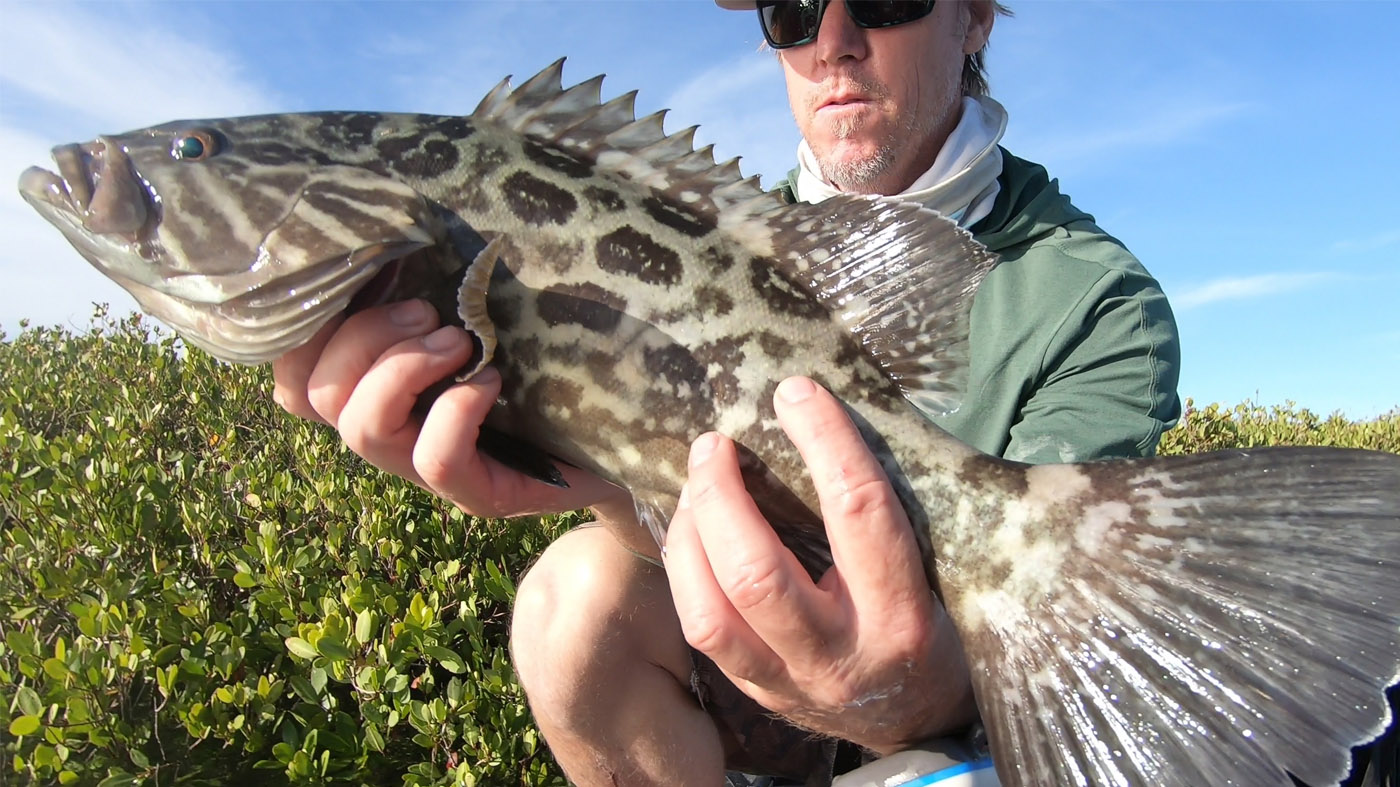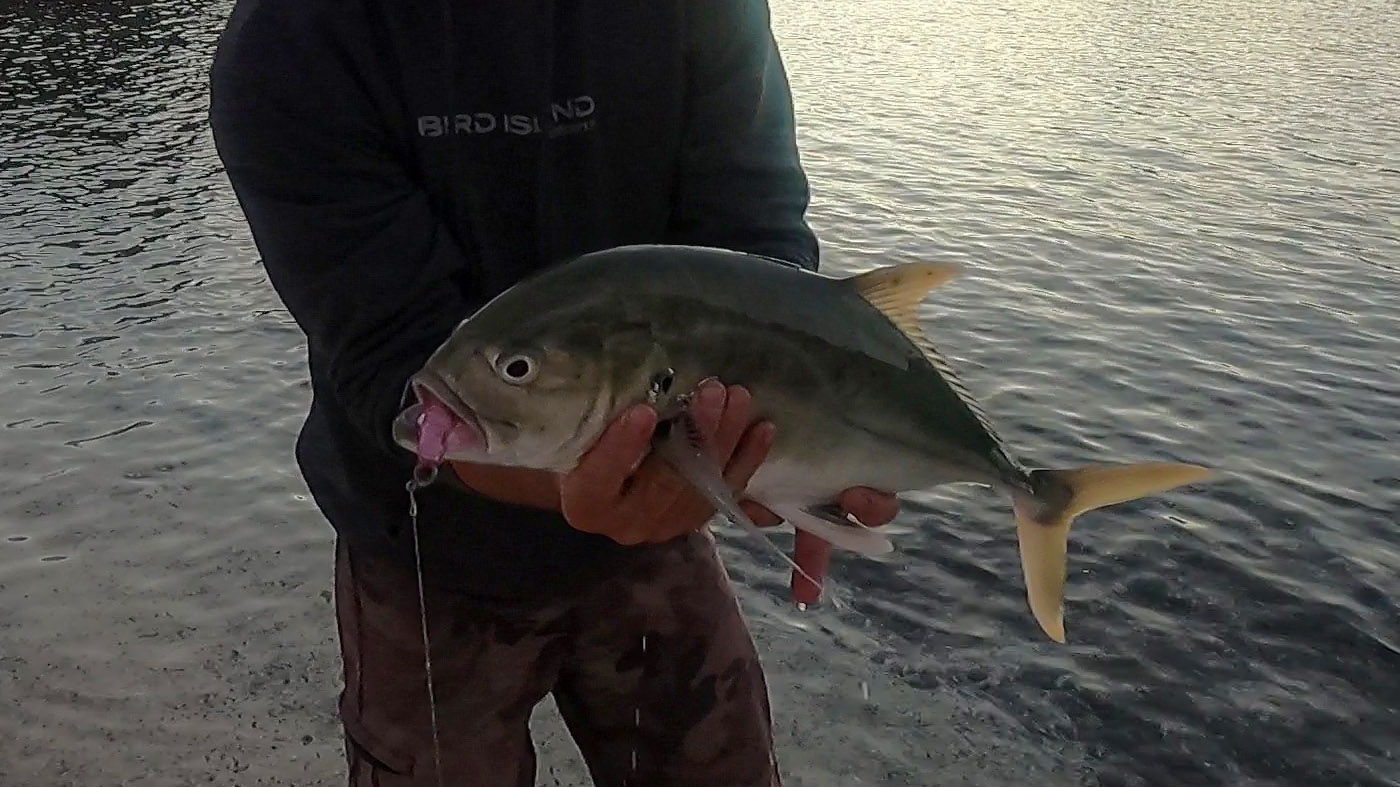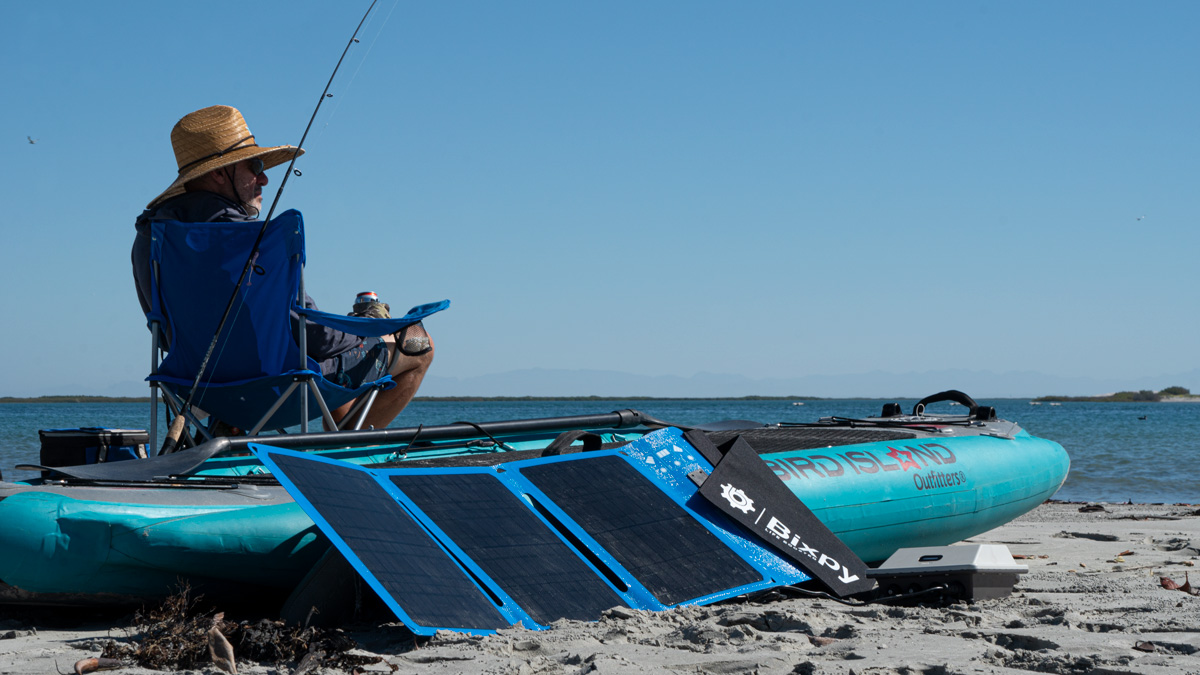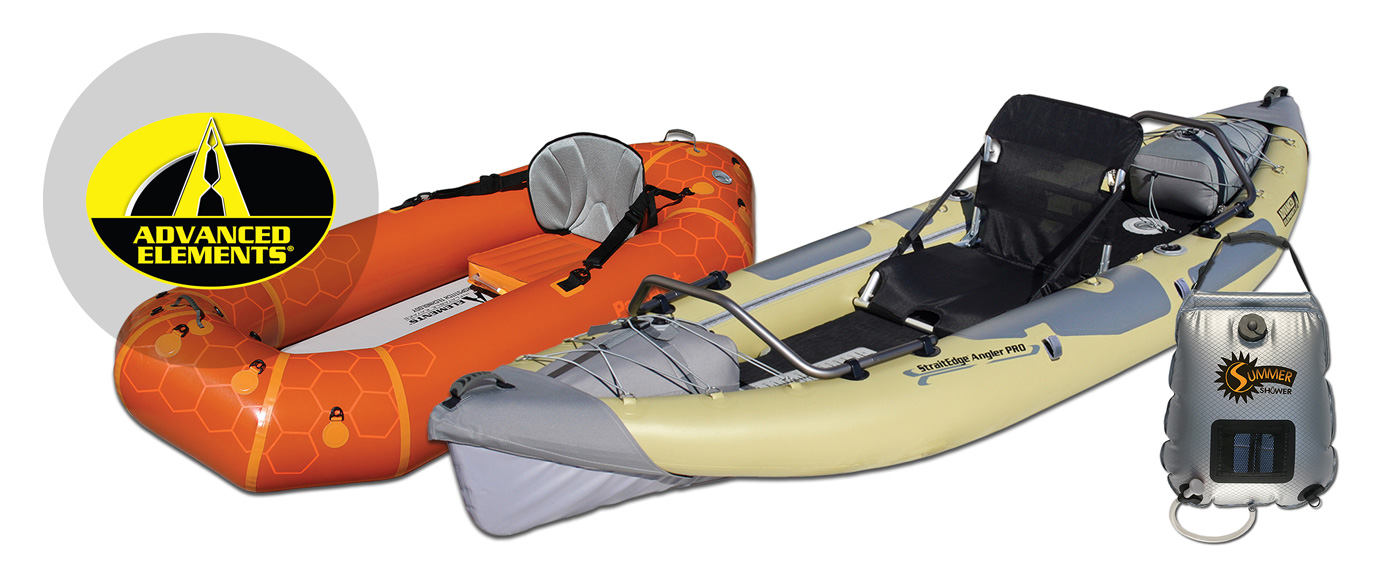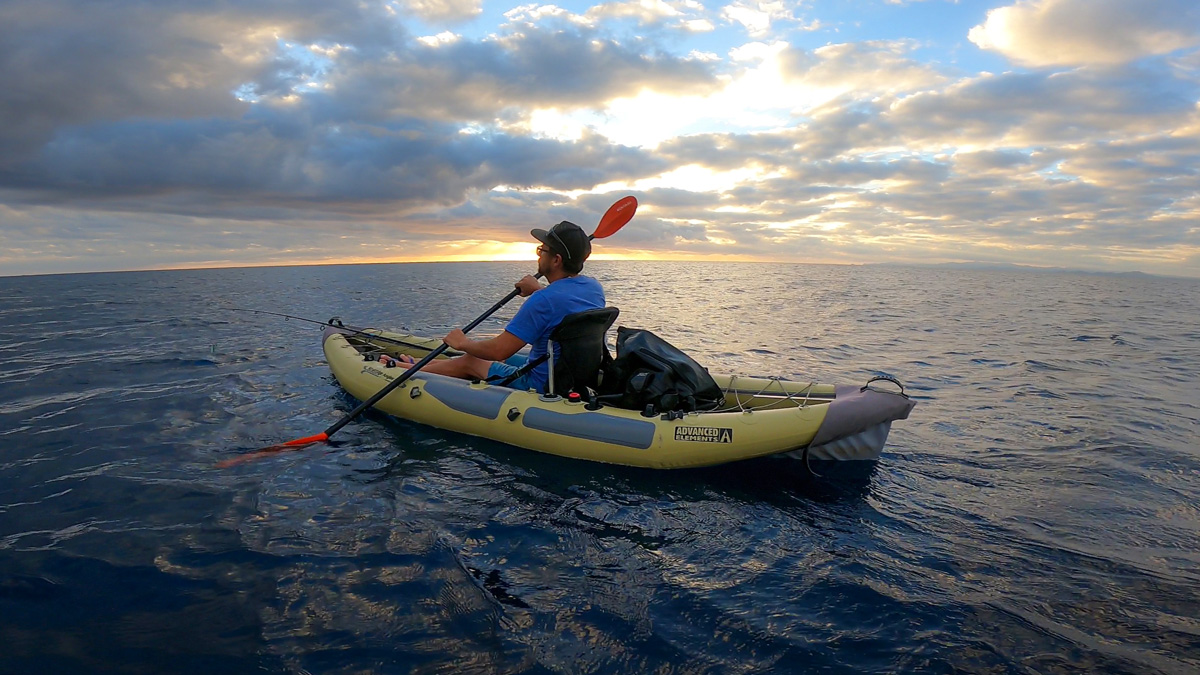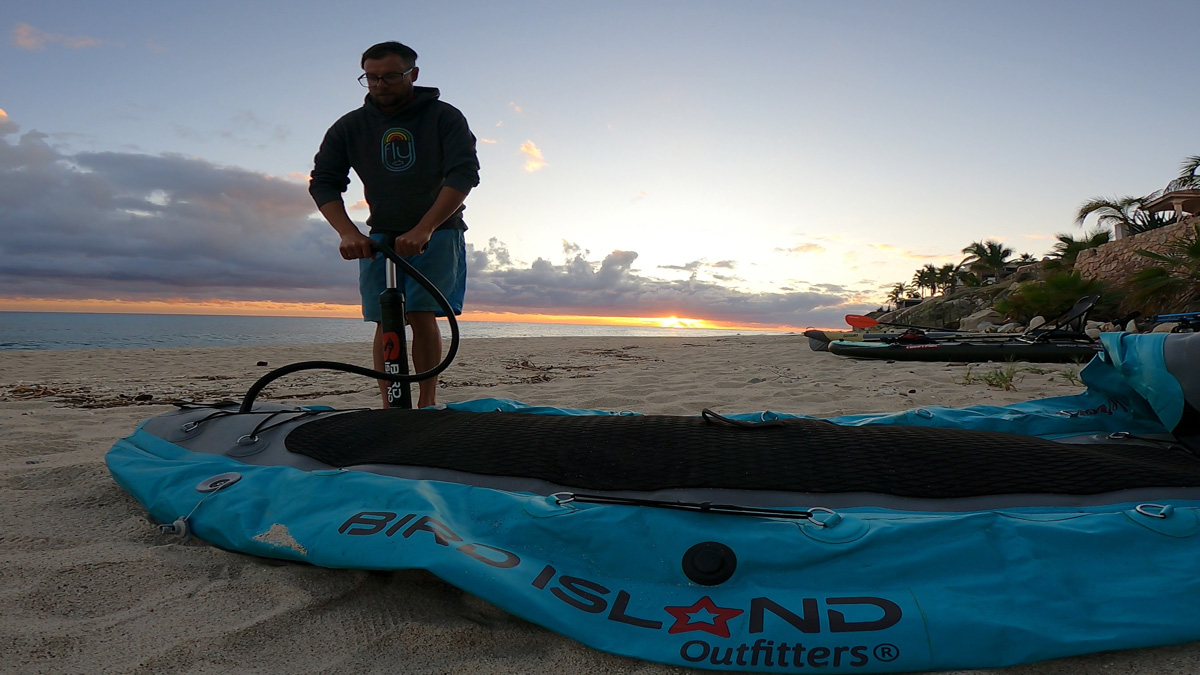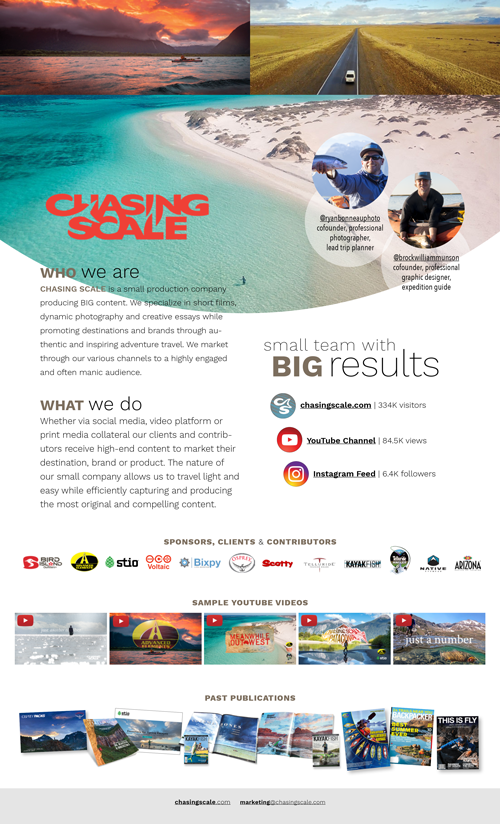Trip Schwag
Get You One!
 > Merch Store
> Merch StoreBecome a Sponsor
Chasing Scale is always looking for the right sponsors to partner with on our productions across the globe. A sponsorship includes everything from your company logo displayed in our film opener to your products showcased throughout the film. Your company will also be promoted on all our marketing channels before, during and after the trip. Other options are available. Check out our media kit below for more on what we do.


 Everyone has their own idea of what Baja means to them. Some think of the iconic desert race The Baja 1000. Others think of the world renowned beach camping. Some simply think of the myriad of surf destinations. Jacque Cousteau publicized and romanticized the splendor of the Sea of Cortez for the world to see. John Steinbeck immortalized Baja through the written word. For us, after traveling thousands of kilometers, rumbling down seemingly endless desert roads and camping at a myriad of amazing beaches I can safely say Baja represents all of those things and so much more! The local people are kind, gracious and humble. The food is incredibly delicious. And, as compared to the overfished waters up north, the fishing in Baja is fantastic.
Everyone has their own idea of what Baja means to them. Some think of the iconic desert race The Baja 1000. Others think of the world renowned beach camping. Some simply think of the myriad of surf destinations. Jacque Cousteau publicized and romanticized the splendor of the Sea of Cortez for the world to see. John Steinbeck immortalized Baja through the written word. For us, after traveling thousands of kilometers, rumbling down seemingly endless desert roads and camping at a myriad of amazing beaches I can safely say Baja represents all of those things and so much more! The local people are kind, gracious and humble. The food is incredibly delicious. And, as compared to the overfished waters up north, the fishing in Baja is fantastic. Baja stretches 760 miles from Mexicali to Cabo and has over 2000 miles of coastline. It’s a peninsula unlike any other! If the extent of your knowledge of this place is from stepping off a cruise ship and into a Señior Frogs gringo bar, then you’re missing out big time! There is a super rich culture and heritage unique by its isolated geographic location and harsh environment. The people live off the land and the sea here (and what comes in by truck or by barge). Made up of two Mexican states (Baja California and Baja California Sur), it is approximately 760 miles long ( from Mexicali in the north to Cabo San Lucas in the South. It spans 143 miles wide at its widest point and just over 28 miles wide at its narrowest (near La Paz). Its coastline is approx. 2,038 miles long, taking into consideration all of the bays, inlets, islands, and lagoons. And, the desert terrain is powerful and imposing!
Baja stretches 760 miles from Mexicali to Cabo and has over 2000 miles of coastline. It’s a peninsula unlike any other! If the extent of your knowledge of this place is from stepping off a cruise ship and into a Señior Frogs gringo bar, then you’re missing out big time! There is a super rich culture and heritage unique by its isolated geographic location and harsh environment. The people live off the land and the sea here (and what comes in by truck or by barge). Made up of two Mexican states (Baja California and Baja California Sur), it is approximately 760 miles long ( from Mexicali in the north to Cabo San Lucas in the South. It spans 143 miles wide at its widest point and just over 28 miles wide at its narrowest (near La Paz). Its coastline is approx. 2,038 miles long, taking into consideration all of the bays, inlets, islands, and lagoons. And, the desert terrain is powerful and imposing!







 Campgrounds: As you’re driving you’ll see the tattered signs pointing you to the camping. They definitely cater to the gringos down there. Simply show up, park and someone may or may not come by to collect pesos (no cc’s). Expect to pay around $10USD per night. Some sites charge that amount per person, some per vehicle. The amenities you might find at one of these sites are: hot shower, bathroom, palapa, table, fire pit.
Campgrounds: As you’re driving you’ll see the tattered signs pointing you to the camping. They definitely cater to the gringos down there. Simply show up, park and someone may or may not come by to collect pesos (no cc’s). Expect to pay around $10USD per night. Some sites charge that amount per person, some per vehicle. The amenities you might find at one of these sites are: hot shower, bathroom, palapa, table, fire pit.
 You’re probably wondering about the fishing. This is a fishing website, sort of. In terms of fishing potential, the biggest reason we chose Baja for our big 2022 trip was the great variety up and down the peninsula from Pacific coast to Sea of Cortez. There are a ton of different species. Among the fish we caught were grouper, sierra, jacks, corvina, bass, triggerfish, snapper and halibut. It’s amazing to go out on the water on any given day and not know what you’re going to get into. We did have high hopes of encountering snook and roosterfish and, in general, our seasonal timing was pretty good for getting a chance at landing one of these prize fighters. Problem is if you only have a limited time at the hot spots (we were on a road trip), the odds of getting some decent casts to these fish are very low. We didn’t find the snook. The challenge is that they basically only make a brief stop during the month of November in Baja and they’re pretty specific as far as location. They tend to target protected estuaries with mangroves along the Pacific coast. We did land a couple juvenile roosterfish, but never saw the BIG boys. Again, our odds would’ve increased dramatically if we had had more time along the accessible Sea of Cortez coastlines where they buzz the shore for baitfish. The best times for big roosters are March through May and September through October.
You’re probably wondering about the fishing. This is a fishing website, sort of. In terms of fishing potential, the biggest reason we chose Baja for our big 2022 trip was the great variety up and down the peninsula from Pacific coast to Sea of Cortez. There are a ton of different species. Among the fish we caught were grouper, sierra, jacks, corvina, bass, triggerfish, snapper and halibut. It’s amazing to go out on the water on any given day and not know what you’re going to get into. We did have high hopes of encountering snook and roosterfish and, in general, our seasonal timing was pretty good for getting a chance at landing one of these prize fighters. Problem is if you only have a limited time at the hot spots (we were on a road trip), the odds of getting some decent casts to these fish are very low. We didn’t find the snook. The challenge is that they basically only make a brief stop during the month of November in Baja and they’re pretty specific as far as location. They tend to target protected estuaries with mangroves along the Pacific coast. We did land a couple juvenile roosterfish, but never saw the BIG boys. Again, our odds would’ve increased dramatically if we had had more time along the accessible Sea of Cortez coastlines where they buzz the shore for baitfish. The best times for big roosters are March through May and September through October. If you’re doing a fishing road trip down the Baja peninsula, you’re going to want to be prepared for the wide variety of environments, conditions and fish. We brought fly fishing gear as well as spin fishing gear. Fly fishing has been our bread and butter over the years. It’s truly a passion. But, there are many locations in Baja where fly casts aren’t the best option. The winds can be fierce and fish hidden. Rare is the opportunity to sight cast to fish in Baja. Hucking a massive lure is often your best bet.
If you’re doing a fishing road trip down the Baja peninsula, you’re going to want to be prepared for the wide variety of environments, conditions and fish. We brought fly fishing gear as well as spin fishing gear. Fly fishing has been our bread and butter over the years. It’s truly a passion. But, there are many locations in Baja where fly casts aren’t the best option. The winds can be fierce and fish hidden. Rare is the opportunity to sight cast to fish in Baja. Hucking a massive lure is often your best bet.
